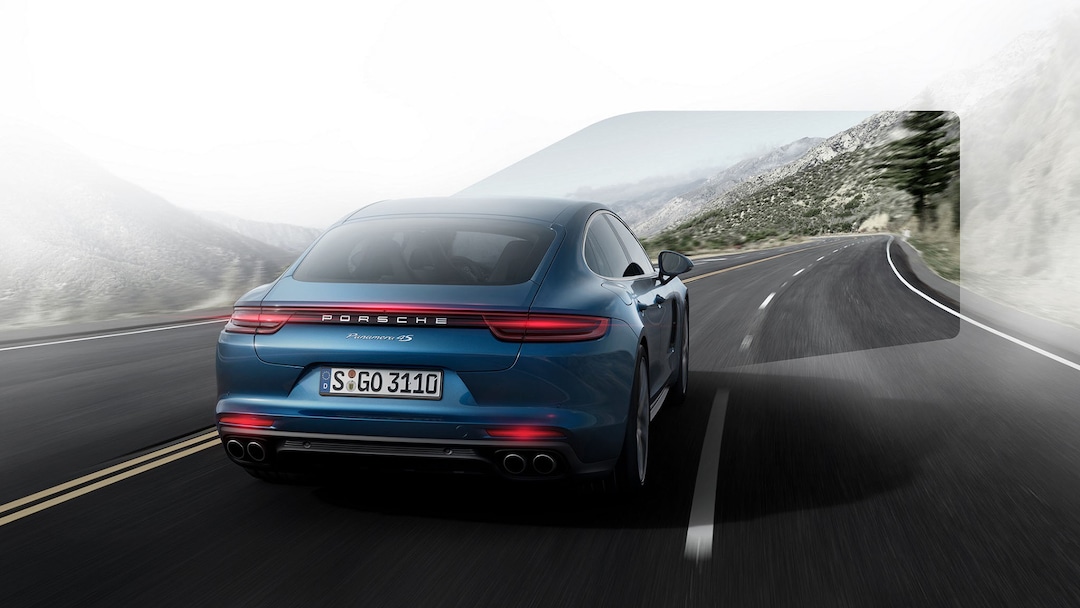Much of what’s on display in the little booths that line the automotive halls at the 2020 CES tech extravaganza is nitty-gritty hardware developed by devoted engineers toiling hard to realize the autonomous-vehicle future that we’ve been promised. Most of this technology is not particularly thrilling, however, here are a few crucial pieces of that automotive puzzle that serious car lovers should probably know about.
Bosch Long-Range Lidar

Lidar has long been the expected “third leg” of the tech stool necessary to support high-level autonomy, compensating for weaknesses in radar and cameras. To date, the cost of high-reliability lidar units has proven prohibitive. Bosch claims it is preparing for mass production of what it labels the first long-range lidar sensor suitable for automotive use. For now, the company is not disclosing many specifics, except to say that it is a “time-of-flight” system that measures the time it takes for a pulse of light to be emitted and reflected. Bosch’s new unit promises exceptional range, field of view, and resolution setting it apart from other lidar systems on display at CES.
RoboSense RS-LiDAR-M1

China’s RoboSense demonstrated what it claims is “the world’s first smart solid-state Lidar,” utilizing MEMS (Micro-ElectroMechanical System) micro-mirrors to directionally control light emission and focus. This technology incorporates an artificial intelligence perception algorithm that handles data analysis and outputs information for an autonomous vehicle’s driving computer. The 120-degree wide by 25-degree tall field of view and 150-meter range makes it a compelling option in the autonomous vehicle space, priced at $1,898.
Yandex Lidar/Camera Combo

Yandex, akin to Google’s presence in Russia, is entering the autonomous vehicle market with an innovative sensor suite that combines a high dynamic range camera with two lidar units. This approach emphasizes collaboration between sensors, enhancing hazard detection. Yandex’s prototypes are cost-efficient, potentially reducing expenses by 75% at full production levels, and is already operating a robotaxi service in Europe.
Velodyne Alpha Prime Lidar

Velodyne continues to enhance its spinning lidar technology, which is integral to proto-autonomous vehicles from various manufacturers. It claims to offer industry-leading performance specs with a 360-degree surround perception, 40-degree vertical field of view, and 220-meter range, all while maintaining high power efficiency.
TriEye Raven SWIR Camera

Israeli startup TriEye is collaborating with notable automotive manufacturers to develop a short-wave infrared camera capable of superior visibility in adverse weather conditions. Designed using a CMOS camera chip, the TriEye Raven offers a distinct edge in recognizing heat signatures, enhancing overall safety in autonomous systems.
Ambarella CV2 Camera Sensors

Ambarella, primarily known for its security cameras, is venturing into the autonomous vehicle sector with advanced stereo-vision cameras employing CNN image processing. This new technology significantly enhances perception distance, promising better reliability for autonomous navigation.
Adasky Thermal-Imaging Camera
Adasky offers a thermal-imaging camera that presents advanced night-vision capabilities which are essential in reducing accidents at intersections. The camera can effectively monitor potential hazards such as red-light runners or distracted pedestrians, contributing to enhanced vehicular safety.
Valeo Move Predict.ai

Valeo’s Move Predict.ai technology focuses on interpreting the movements of pedestrians and other slow-moving traffic. By looking beyond individual persons to analyze their surroundings, it attempts to predict potential hazards by assessing distraction levels, thus improving overall traffic safety.




